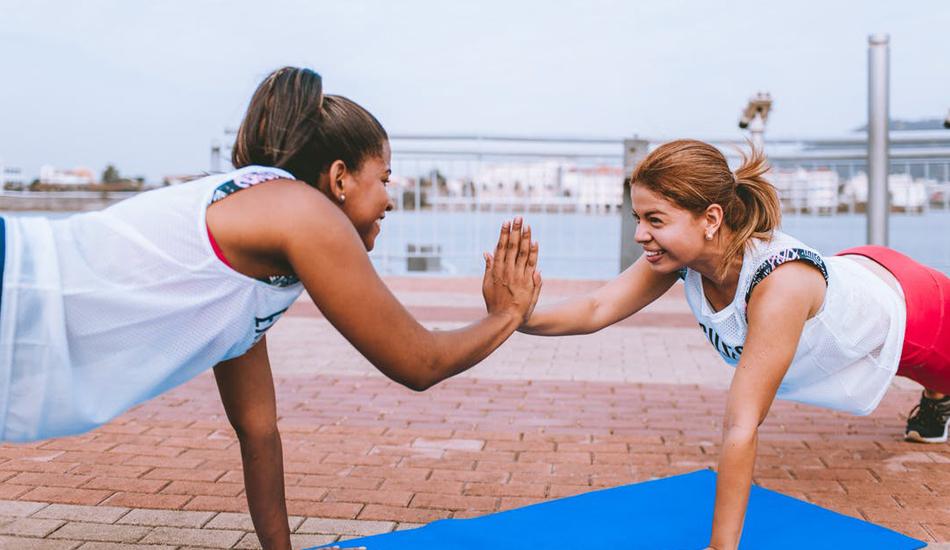So you finally decided on training your body and building those muscles? Great! Now, you need to follow a proper workout regimen that is suitable for your physique. Bodyweight and machine exercises are the two options you have. While both are useful in their own ways, you need to know when to use them appropriately to get the best results in your workouts.
Bodyweight exercises
Bodyweight workouts are the foundation upon which all strength training programs are built. These include popular exercises like push-ups, squats, planks, lunges, and so on. The main focus of bodyweight exercises should be the form of the body. Only after perfecting the form can you move to other advanced training like machine weight exercises.
“Bodyweight exercises are not only foundational, but they’re also functional. The body goes through a range of movement patterns throughout the day. Each time we push, pull, rotate, sit, and stand, we are working on muscle groups that power push-ups, Russian twists, and squats. When you engage in these exercises regularly, you are sharpening daily skills and reducing your risk of injury,” according to The Philadelphia Inquirer.

On the plus side, bodyweight exercises engage more sensory inputs like balance and stabilization. They train the body to move through a huge range of motions. Your body is not restricted to any object. As long as you have space available, you can practice bodyweight workouts anywhere, anytime. So if your aim is to develop your body to the extent that you remain fit enough to go through your natural movements without any trouble, bodyweight training is your best option.
On the downside, some of the bodyweight exercises are unsuitable for beginners who are overweight. Imagine an obese person trying to do push-ups! The person performing the exercise will also be stuck with just one weight — their own. As such, the body can only be trained in a limited way.
Machine exercises used in a workout
In machine exercises, parts of your body are trained on a fixed path while the weight is stabilized by the machine. Examples include machine presses, assisted pull-ups, curls, rowing, and extension exercises. Keep in mind that these tend to be distinct from free-weight exercises.

“Rather than holding the actual weight that is providing the resistance and moving it from point A to point B (like you are with free weight exercises), you are instead holding handles that are in some way attached to some form of weight, and you’re moving that from point A to point B,” according to A Workout Routine.
Machine exercises are some of the simplest forms of workouts. All you need to do is grab the handles and move them. That’s it. You don’t need to do much body movement. They also have a lower risk of injury when compared to bodyweight exercises. For a beginner, this is the best way to start off their training. Since they have a limited range of motion, machine workouts are excellent if your aim is to develop specific muscle groups in your body, like your biceps or calf muscles.
If you are someone recovering from an injury, machine exercises allow you to avoid moving the part of the body that is injured and train the remaining muscles. On the flip side, this is far less functional than bodyweight exercises. You may even have to perform exercises in unnatural positions in some cases.








